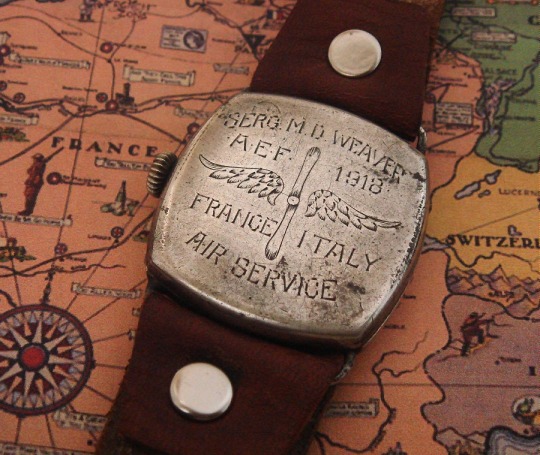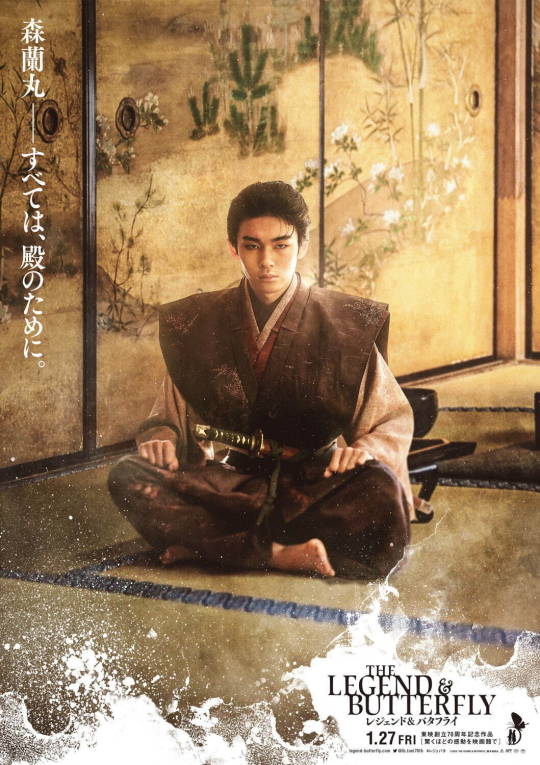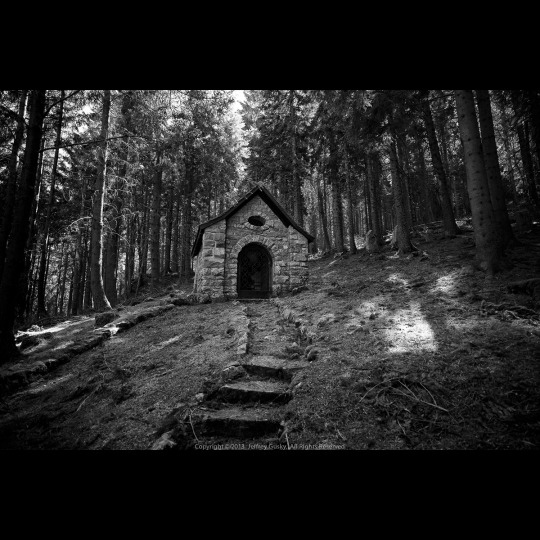#militaryhistory
Explore tagged Tumblr posts
Text

Original British trench system at Sanctuary Wood near Ypres, Belgium
#photo#fineart#blackandwhitephotography#iart#hidden#secret#classic#hiddenwwi#thephotosociety#memory#remember#nofilter#historyfeed#militaryhistory#Germany#France#modernlife#familystories#ww1#photography
24 notes
·
View notes
Photo

This map illustrates the Roman Empire under the rule of Septimius Severus from 193 to 211 CE, a period marked by military expansion, internal consolidation, and the founding of the Severan dynasty. Rising to power during the Year of the Five Emperors, Severus solidified his position through decisive campaigns and strong military backing. During his reign, Severus reinforced the empire’s borders...
#History#War#SeptimiusSeverus#Rome#RomanEmpire#RomanArmy#Albinus#CivilWar#Conquest#Legion#MilitaryHistory#Niger#ParthianEmpire#ParthianWars
166 notes
·
View notes
Text
"The Commander In Chief's Trophy 2nd Edition" by Paul H. D'Anna offers a gripping exploration of the fierce rivalry between the U.S. Military Academies. This captivating book takes readers inside the storied history of the competition for the prestigious trophy, showcasing unforgettable moments of valor and camaraderie.
Don’t miss this must-read—discover more about Paul H. D'Anna and his work at https://www.pauldannabooks.com/author/.
5 notes
·
View notes
Text






Exceedingly handsome, historically important and completely original, this WWI AEF/Air Service wristwatch is remarkable and worthy of an equally fine wrist. Custom-fitted with a correctly recreated period-leather strap. Circa 1918
#ww1history#ww1watch#aefwwi#AEF#aefhistory#timepiece#Horology#watches#historicalwatch#antiquewatches#vintagewatches#classicwatches#WristArt#mensfashion#militarywatch#militaryhistory#militaryaviation#WWIAirService
8 notes
·
View notes
Text

Field Marshal Sam Manekshaw on his Birth Anniversary#trending#sammanekshaw#viralOn this special day, we honor the birth anniversary of one of India's most celebrated military leaders,
, affectionately known as "Sam Bahadur." Born on April 3, 1914, Manekshaw's remarkable journey from a young soldier to the first Field Marshal of the Indian Army is nothing short of inspiring.
Call: 7799 799 221
Web: www.manasadefenceacademy.com
#sammanekshaw#fieldmarshal#indianarmy#militaryhistory#heroesofindia#1971war#inspiringleaders#manekshaw#indianhistory#leadershiplessons#militarystategy#greatindians#celebrateheroes#lifeofmanekshaw#armyheroes#manekshawlegacy#indogulfwar#warstrategies#militarylegends#historymatters
2 notes
·
View notes
Text
youtube
#WWII#BattleOfThePhilippineSea#GreatMarianasTurkeyShoot#WW2History#NavalWarfare#USNavy#ImperialJapaneseNavy#HistoryMatters#WW2Aviation#MilitaryHistory#PacificWar#Youtube
2 notes
·
View notes
Text

World War II - Pearl Harbor, December 7, 1941
Thick black smoke billows from the forward superstructure of the USS Arizona as it sinks into the waters of Pearl Harbor on December 7, 1941. The devastating Japanese attack left the battleship in ruins, claiming the lives of 1,177 crew members. The inferno rages as twisted metal and broken structures collapse into the sea, marking one of the darkest days in American history. This tragedy propelled the United States into World War II, forever changing the course of global events.
#montereybayaquarium#nudibranch#ocean#seaslugselfcare#fridaynudibreak#thesemolluscshave moves#slomolofi#Youtube#ussarizona#pearlharbor#worldwar2#history#navalwarfare#december71941#wwii#japaneseattack#americanhistory#neverforget#warships#pacificwar#militaryhistory#battleship#historicalevent#wwiihistory#rememberpearlharbor
2 notes
·
View notes
Text
The Battle of Tsushima: Naval Gamechanger! Dive into the dramatic history of the Battle of Tsushima—a pivotal moment that reshaped naval warfare forever! 🌊 Fought between May 27-28, 1905, this epic clash saw the Imperial Japanese Navy decisively defeat the disgruntled Russian Imperial Navy in the Tsushima Strait. Witness the downfall of Russian naval might due to logistical failures and poor morale, contrasted with Japan’s meticulously prepared and technologically advanced fleet. Experience the thrilling tactics, devastating casualties, and the enduring impact of this battle that not only altered the course of the Russo-Japanese War but also signaled Japan's rise as a naval power! Don't forget to like and share this video!
#BattleOfTsushima#NavalHistory#RussoJapaneseWar#NavalWarfare#MilitaryHistory#russia#japan#fyp#foryoupage❤️❤️
4 notes
·
View notes
Text





Sean bienvenidos japoistasarqueologicos a una nueva entrega en esta ocasión os presento una nueva entrega dicho esto pónganse cómodos que empezamos. - Hoy dia 27/1/2023 se ha externado una nueva película japonesa que se llama The Legend & Butterfly( La leyenda y la mariposa) el título original es レジェンド&バタフライ. - Resumen del argumento:El enemigo de Nobunaga Oda, Yoshimoto Imagawa, ataca a Owari con su vasto ejército y Nobunaga Oda está desolado ante la abrumadora diferencia de fuerzas militares, pero NoHime anima a Nobunaga Oda a no desesperar y luchar contra su rival. - Espero que os guste y nos vemos en próximas publicaciones de Japón y que pasen una buena semana un cordial saludo. - ようこそjapoarchaeological japoistsへこの機会に私はあなたに新しい割賦を提示し、それは言われて、あなた自身を快適にし、始めましょう。 - 本日2023年1月27日、「伝説とバタフライ」という新しい日本映画が封切られました。原題は「LEGEND & BATTERFLY」。 - あらすじ:織田信長の敵、今川義元が大軍を率いて尾張に攻め込み、圧倒的な兵力差に織田信長は打ちのめされるが、濃姫は織田信長に絶望せず、ライバルと戦えと励まします。 - 気に入っていただけたら幸いです。また、今後の日本の記事でお会いしましょう。良い一週間をお過ごしください。よろしくお願いします。 - Welcome japoarchaeological japoists to a new installment in this occasion I present you a new installment, that being said, make yourselves comfortable and let's begin. - Today 27/1/2023 a new Japanese movie has been released called The Legend & Butterfly, the original title is レジェンド&バタフライ. - Plot Summary:Nobunaga Oda's enemy, Yoshimoto Imagawa, attacks Owari with his vast army and Nobunaga Oda is devastated at the overwhelming difference in military forces, but NoHime encourages Nobunaga Oda not to despair and fight his rival. - I hope you like it and I'll see you in future Japan posts and have a nice week, best regards.
#日本映画#信長田#歴史#日本史#ユネスコ#戦史#役者#japan#samurais#Nobunagaoda#history#japanesehistory#unesco#militaryhistory#actors#japan photos#art
8 notes
·
View notes
Text
youtube
Call of Duty: WWII - Hill 493
#DDay#CallOfDuty#WWII#HistoricalGaming#VideoGames#MilitaryHistory#Gaming#WWIIGames#Battlefield#Gamers#WarGames#WWIIMaps#ActionGaming#OnlineGaming#WarZone#FirstPersonShooter#WWIIHistory#Hill 493#Youtube
2 notes
·
View notes
Text

German chapel at abandoned mountain battlefield - Tete des Faux battlefield on the Vosges front of Southern Alsace
#photo#fineart#blackandwhitephotography#iart#hidden#secret#classic#hiddenwwi#thephotosociety#memory#remember#nofilter#historyfeed#militaryhistory#Germany#France#modernlife#familystories#ww1#photography
94 notes
·
View notes
Photo

Revolution's Dark Day
The Siege of Charleston was a pivotal moment during the American Revolutionary War, marking one of the darkest defeats for American forces. From March 29 to May 12, 1780, the city of Charleston, South Carolina, was under siege by British forces led by Sir Henry Clinton. The British succeeded in capturing the city after a grueling six-week campaign, securing a crucial foothold in the South.
Key Facts
Duration: The siege lasted from March 29 to May 12, 1780.
Commander: Sir Henry Clinton led the British forces.
Outcome: The British captured the city after a six-week siege.
Impact: It was one of the worst American defeats during the Revolutionary War.
Historical Context
The Siege of Charleston was part of the British strategy to gain control over the Southern colonies during the American Revolutionary War. The British aimed to establish a strong presence in the South and hoped that by capturing Charleston, they could split the colonies and gain support from Southern loyalists.
Historical Significance
The siege was crucial for British strategic control but also a significant blow to American morale and military strength. Despite this defeat, the Americans continued to resist, ultimately leading to the British surrender at Yorktown in 1781, marking the end of the war.
Learn More: Siege of Charleston
#HistoryFacts#History#AmericanRevolution#Charleston#MilitaryHistory#SiegeOfCharleston#SouthCarolina#USHistory#WHE
19 notes
·
View notes
Text

This drawing is a piece from a previous Inktober challenge, for the daily prompt "helmet". I had no profound idea for this prompt so I made it sort of statement for peace - after the old saying: "Imagine there's war, and nobody shows up". Besides, mice are cute. "Desiring Obsolescence", ink on paper, A4, unframed, 50e via Etsy: https://www.etsy.com/de-en/listing/1077784960/mice-on-a-helmet-ink-pen-drawing
#inktober2021#blackwhiteinkart#originalsketch#hussarhelmet#cuteanimals#militaryhistory#comicdrawing#warandpeace#mice#rats#rodents#lineart#crosshatching
2 notes
·
View notes
Text
Basgiath War College Fourth Wing T-Shirt Vintage

#BasgiathWarCollege#FourthWing#VintageTShirt#MilitaryFashion#WarCollegeMerch#HistoricalStyle#VintageVibes#NostalgicFashion#ThrowbackTee#MilitaryHistory#WarCollegePride#TeeCollection#VintageInspired#MilitaryApparel#HistoricalMerch#WingedWarriors#MilitaryMemories#TimelessStyle#VintageWarfare#CollectibleTee
5 notes
·
View notes
Text
youtube
Center Makor представляет новую серию “Войны Израиля” с Давидом Шарпом. Спонсоры показа Юлия и Вольф Гафанович/ Yuliya and Wolf Gafanovich, Марина и Игорь Фрейман/Marina and Igor Freyman.
О нашем госте: Имя, фамилия: Давид Шарп; Год рождения: 1974-й; Место рождения: Советский Союз, Украинская ССР; Место проживания, гражданство на конец 2022-го года: Израиль/израильтянин; Род деятельности: военный политолог и обозреватель, журналист, переводчик, редактор.
Есть такие личности, которые производят первое впечатление людей сдержанных до смертной скуки, кажется – совсем не интересных в разговоре. Но стоит такому человеку заговорить – любая тема в его обсуждении наполняется интересными деталями, и у слушателей не то что не появляется желания выключить его выступление, наоборот – потом от этого человека ожидают нового появления, свежих новостей, оригинальных высказываний.
#CenterMakor#ШестидневнаяВойна#ИсторияИзраиля#ВоеннаяИстория#Рабин#Шарон#Даян#ИсторияБлижнегоВостока#Environmentalist#LawnCareTips#IsraeliAirForce#MilitaryHistory#WarChronicles#ИзраильИрак#СоветскаяАвиация#СирияИзраиль#Youtube
0 notes
Text

Canadian Air Force Badges are a powerful symbol of identity, discipline, and honour. From the early days of the Royal Canadian Air Force to present-day formations, each badge is designed with historic emblems, meaningful mottoes, and precise detailing by William Scully. Get a quote at https://www.williamscully.ca/index.php/shop/cf-regimental-badges-insignia/cap-badges.html
0 notes